identifying baby snakes in missouri
They are found in the United States ranging from Virginia to central Texas including parts of south and south-central Missouri. How To Identify A Baby Missouri Snake.

Readers Write In And We Re Back Some Baby Snakes To Id Living Alongside Wildlife
Northern Scarlet Snake Cemophora coccinea copei.

. Sometimes baby copperheads are grayer than adults but turn the more brownish color as they age. North American venomous snakes tend to be more thick and have more girth. How To Identify The Different Types Of Baby Snakes In Missouri.
In order to identify baby copperheads look out for bright yellow or green lines on their tails. Prairie Ring-necked Snake Diadophis punctatus arnyi. The baby cottonmouth pattern is strong and distinctive with around 10 to 15 reddish-brown bands across their back.
Black Rat Snake Elaphe obsoleta. The Timber Rattlesnake pictured is Missouris most common venomous snake with a statewide distribution. Wear protective footwear in areas where there are likely to be snakes.
They are a light grey or brown color with a pointed head. Snake identification can also be achieved using reference materials. Eastern Yellowbelly Racer Coluber constrictor flaviventris.
Snakes round double belly scales and body color should be seen before you are able to identify venomous ones. The smallest snake native to Missouri is the flat-headed snake Tantilla gracilis which averages from 7 to 8 inches 18-20 cm long. Pour white vinegar around the perimeter of any body of water for a natural snake repellent.
Generally baby snakes are strikingly similar in appearance to adults. Great Plains Rat Snake Elaphe guttata. Never place your hands.
See more ideas about snake reptiles reptiles and amphibians. However like the Massasauga their population is rapidly declining. The coloration is very similar to the adults in they are usually light brown or reddish in appearance.
Snakes that develop inside the female are normally born in mid to late summer. There are a few ways you can tell if a snake is venomous. Along the back of the snake are dark brown or reddish-brown markings.
Copperheads outgrown their yellow tail by 3 to 4 years old. Thick leather or rubber boots or hightop hiking shoes will protect feet ankles. The largest is the bullsnake Pituophis melanoleucus sayi which averages from 50 to 72 inches 127-183 cm.
Like most venomous snakes copperheads are carnivores. Coloration scales and head shape differ from species to species but generally remain the same when comparing adults to babies. Baby copperheads typically have this mark for the first year of their lives.
Copperhead snakes are an infamous snake native to Missouri. Again much like the Massasauga copperheads are not known for being very aggressive and it is extremely rare. Thankfully the young snakes are easy to identify.
Typically this species has a bright green colored tail. The young of the species are usually darker in color than the adults. Mistaken identity is especially common in juvenile snakes as their coloring and patterns are different while they are young.
Note the shape of the pupil. A black mark is characteristic of the more band types on each one even further to the coast than the eastern seaboard he added. The typical litter of copperheads is five to eight snakes but 15-20 is possible.
Pit vipers have a characteristic pit located between the eye and nostril. The venomous species include the timber rattlesnake the pigmy rattlesnake the copperhead and the cottonmouth. This may be the easiest way to identify a baby copperhead snake.
Venomous snakes in Missouri usually have pits that cover part of each eye and nostril and could possibly mean they belong to the pit viper family. They get a bad rap due to how dangerous they are their venom can potentially be lethal. The most obvious difference is in size.
Study herpetology zoology and other wildlife in the biology department. Several other types of snakes have similar coloring but the copperhead is distinctive because of the. This is a list of known snakes in Missouri United States.
If you do come across a snake there are a couple of key identifying marks you can look for to help you figure out if it is venomous. Most of them will have horizontal hourglass shape. Baby snakes do have a distinguishing egg tooth on their snout that allows them to exit the egg or live.
Missouri also hosts all three of the Massasauga species although not in great numbers. Many nonvenomous north american snakes are longer and more skinny. Their coloring is typically light brown or reddish and some younger snakes can look dark gray.
Identifying baby copperheads Baby or juvenile copperhead snakes look a lot like adults but they are smaller about 7 to 10 inches long and are grayer in color. The pupils of venomous snakes appear as vertical slits. Western Worm Snake Carphophis vermis.
Black Rat Snake Black Rat Snake Young Bullsnake Coachwhip Snake Common Gartersnake Formerly Common Garter Snake Common Water Snake Formerly known as Northern Watersnake Dekays Brownsnake Formerly Brown Snake Dekays Brownsnake Young Formerly Brown Snake Eastern Copperhead Formerly Copperhead. The body of a copperhead is usually a light tan or slightly pink color. The tip of their tail is vivid yellow.
They have keeled scales and an undivided cloacal. Advertisement The baby copperheads are about seven to eight inches long. February 27 2022 Although the baby brown snake has brown markings on its back it is primarily brown if it had a dark patch above its ears and not on the back.
Feb 19 2013 - Explore Colton Bankstons board snakes of missouri on Pinterest. Stay away from areas where there may be a concentration of venomous snakes such as swamps marshes and bluffs. Eastern Massasauga Sistrurus catenatus Pygmy Rattlesnake Sistrurus miliarius Western Massasauga Sistrurus tergeminus The remainder of this look at Missouri snakes.
All venomous snakes native to Missouri are members of the pit viper family. Neonatal cottonmouths are lighter in color usually tan to brown while fully mature adults are almost black.
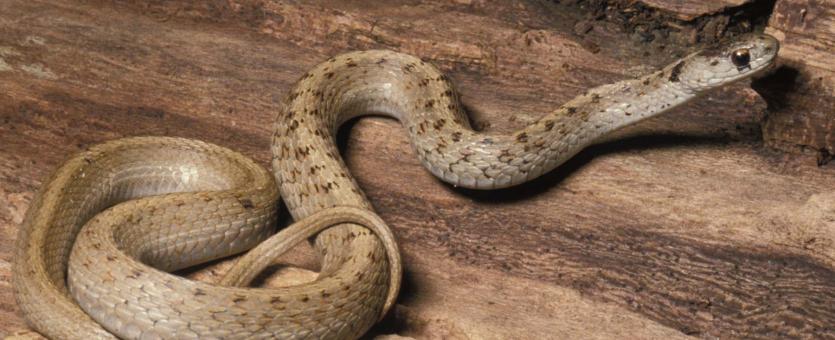
Midland Brownsnake Missouri Department Of Conservation

Missouri Snakes Pictures And Identification Help

28 Snakes Found In Missouri With Pictures Pet Keen

Missouri Snakes Pictures And Identification Help

Snakes Of Missouri Missouri S Natural Heritage Washington University In St Louis

Snakes Of Missouri Missouri S Natural Heritage Washington University In St Louis
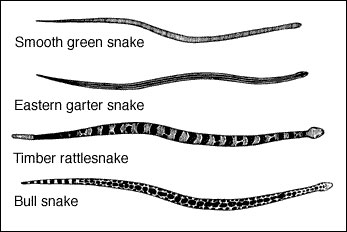
Snakes Information For Missouri Homeowners Mu Extension
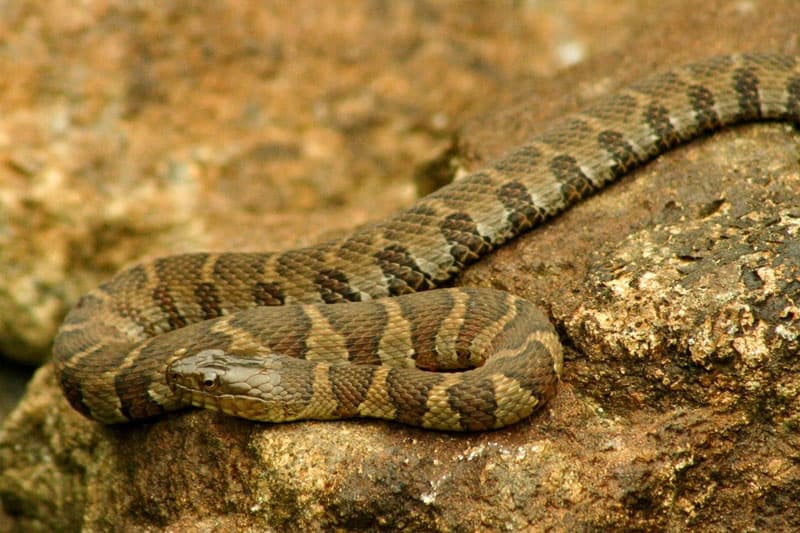
Water Snakes In Missouri 8 Species With Pictures Wildlife Informer

Snakes Of Missouri Missouri S Natural Heritage Washington University In St Louis
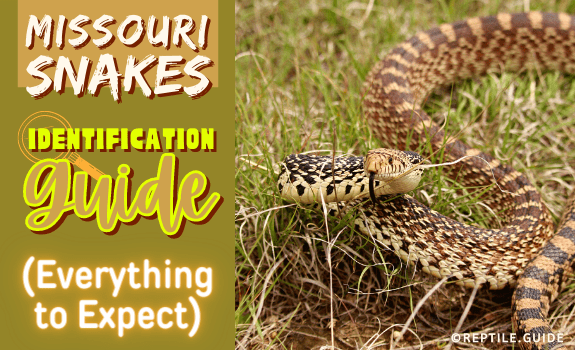
Missouri Snakes Identification Guide Everything To Expect
/cloudfront-us-east-1.images.arcpublishing.com/gray/V7K53RKTORIJTBOYCWU5E3WUJQ.jpg)
Summertime Is Snake Time In The Ozarks
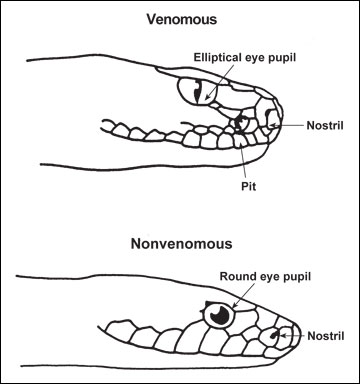
Snakes Information For Missouri Homeowners Mu Extension

Tiny Snakes Missouri Department Of Conservation

Missouri Snakes Pictures And Identification Help

Missouri Dept Of Conservation What Is It Folks Are Seeing These Small Snakes This Time Of Year And We Are Getting Numerous Questions Asking What Kind Of Snake It Is It

Slithering Baby Snakes Missouri Baby Snakes Snake Rat Snake

6 Types Of Water Snakes Found In Missouri Id Guide Bird Watching Hq

